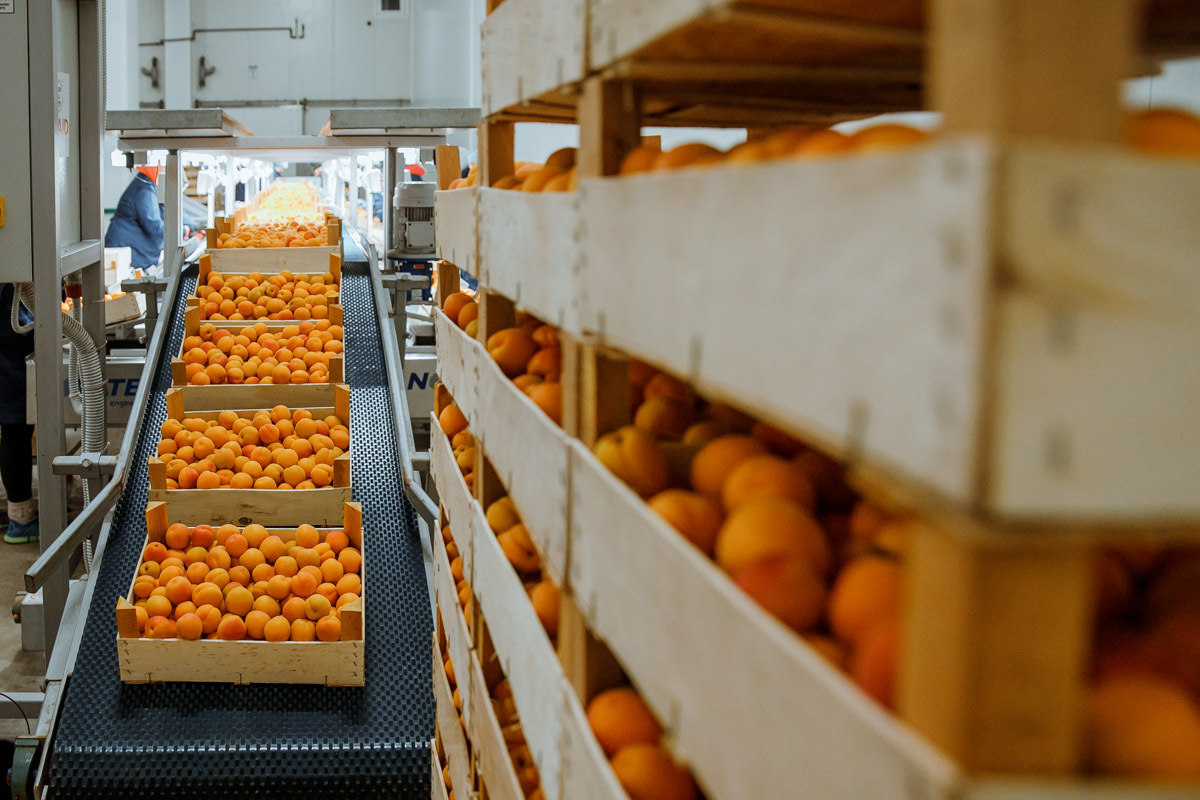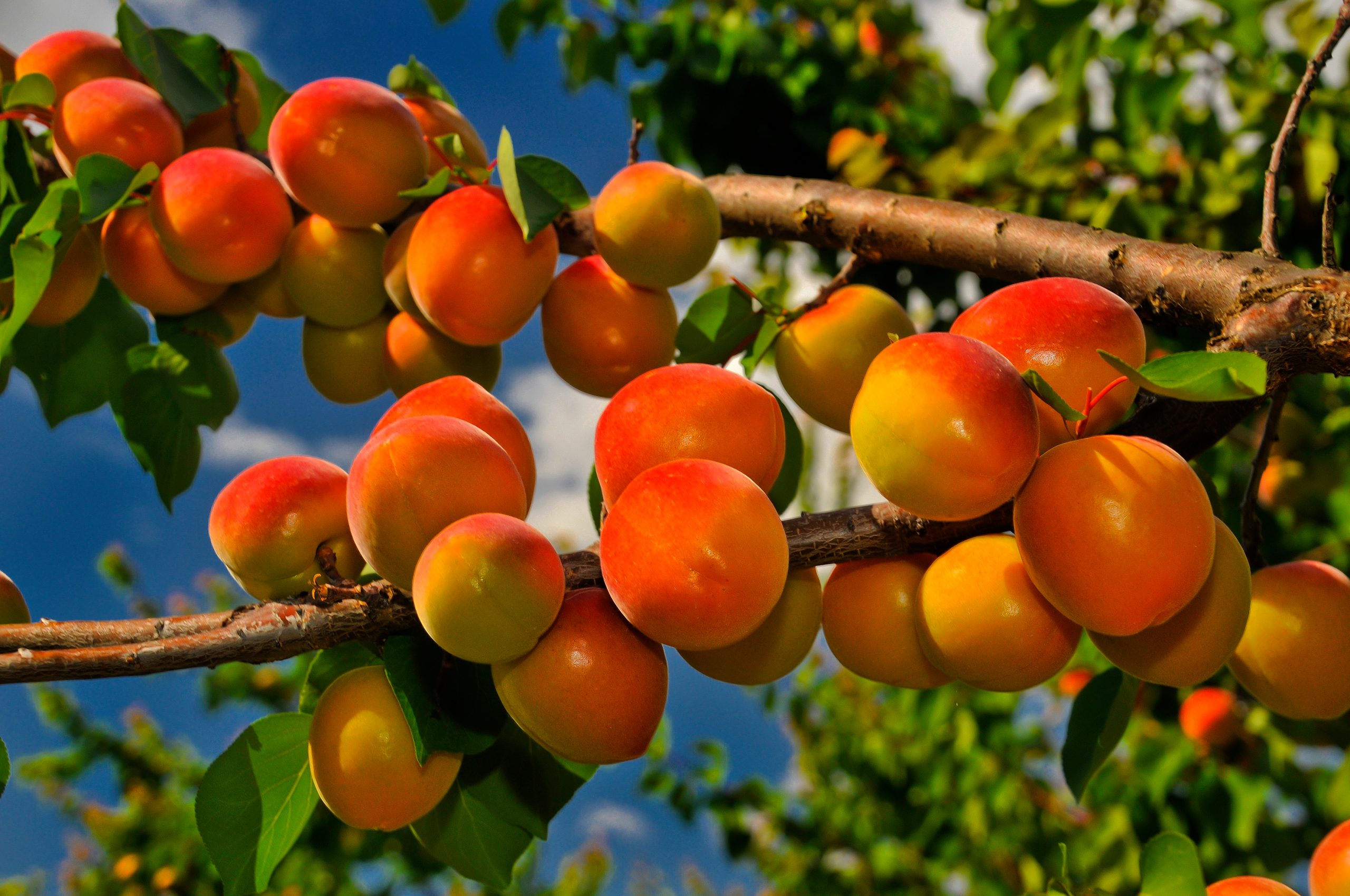Satisfactory harvest forecasts
At the European level, apricot production in 2023 is forecast at around 500,000 tons, i.e. a drop of 7% compared to 2022, and down 7% compared to the 2017-2021 average. After two very small crops in 2020 and 2021 (around 400,000 tons), 2022 and 2023 mark a return to the norm, albeit well below 2017 and 2019 levels, when production was around 650,000 tons. Last year, frost was present during March in Greece and Italy, and at the beginning of April in France and Spain, the latter being the most affected country. This year, some frost has been reported in Greece and northern Italy. “The phenomenon of falling buds linked to the lack of winter cold” is another worry, particularly in Spain in the region of Murcia, as is the capricious April weather with its sudden changes in temperature. The low temperatures since January have generally delayed flowering, and therefore slightly delayed the start of the harvest in many production areas. It will be necessary to closely monitor the effects of the drought which is raging almost everywhere but more particularly in Spain and in the south-east of France. In Roussillon, restrictions on irrigation are already imposed. “The effects of this drought on production are not yet visible at this stage and we cannot therefore take them into account in the harvest forecasts,” stated a report by Europech’.
France closely monitors the effects of drought
This year could be similar to 2022 for French volumes of apricots. According to Europêch’ harvest forecasts unveiled at the end of April at the Medfel fair, national production should be around 125,000 tons, an increase of 2% compared to last year and up 16% compared to the 2017-2021 average. After two small production years in 2020 and 2021, mainly due to frost, the sector expects a return to more normal production levels for the second consecutive year. “The capricious weather of recent weeks and the continuous decline in surface areas explain why French orchards no longer produce 150,000 tons or as much as in 2017 or 2015,” said the authors of the harvest forecasts. “The harsh and late winter is causing a significant delay in the calendar,” said Bruno Darnaud, president of the AOP “Pêches et Abricots de France”. “[…] We will therefore find French apricots this season around May 15, until the end of August. According to the first estimates, production will return to higher fruit sizes than last year, due to alternation and the drought which limited the number of flowers this spring.”
A positive 2022 for French producers
In 2022, the weak Spanish competition allowed a rather easy start to the season for French apricots. “The drop in purchasing power was felt, but dynamic consumption and numerous promotions kept the market at an active and satisfactory level,” said Darnaud. Export demand picked up thanks to the lack of international supplies. “In the end, it was a satisfactory season in 2022. The French sector is finally finding colour in all regions,” said Darnaud. It is now necessary to increase plantings from their lowest level for five years. The annual surface renewal rate is only 2% among PDO apricot producers.
IN NUMBERS
- European apricot harvest forecast for 2023
- Europe 503,000 t – 7% compared to 2022
- France 125,000 t + 2% compared to 2022
- Italy 203,000 t – 26% compared to 2022
- Spain 99,000 t + 52% compared to 2022
- Greece 76 000 t + 1% compared to 2022
- Greek production at the same level as 2022
In 2023, Greek production should reach 76,000 tons, the same level as in 2022 but still below its potential (-6% compared to the 2017-2021 average). This slight production deficit is particularly noticeable in the early varieties, both in the south of the country (Peloponnese) and in the north (Veria, Chalkidiki). This is explained by a very mild 2022-2023 winter. The later varieties do not seem to be affected.
Spain struggling to achieve production potential
With a volume of nearly 99,000 tons forecast for 2023, Spanish production is 52% above that of last year, which was very low, but 16% below the 2013-2017 average. There were no significant frosts to report this year. In areas of early production, lower volumes are expected. “These drops are mainly due to temperature variations,” said Javier Basols, fruit sector manager at the Federation of Spanish Agricultural Cooperatives. The cold weather in the last weeks of February delayed flowering, while the high temperatures seen in the last few weeks have caused fruit-setting problems for some varieties due to the lack of cold hours. For the past four years, Spain’s production potential has not been fully met, in particular because of frost and hail. In 2022, production was very low, at around 65,000 tons. We have to go back to 2017 or 2018 to see the full expression of the Spanish production potential, which is around 130,0000 to 150,000 tons.
Italy sees declining production
Italy’s production is forecast to decline to 203,000 tons this year, i.e. -26% compared to 2022 and -13% compared to the 2017-2021 average. This production deficit is due to frost, particularly in the lowland areas of the Po Valley, as well as to sudden changes in temperature during flowering. It has also been affected by the alternation of production linked to the heavy load of trees last year, as well as by drought. “In terms of surface area, the slight decline at the national level, which began a few years ago, is continuing. It is -4% compared to 2022,” said Elisa Macchi, director of CSO Italy. This surface erosion is linked to a slower planting rate. In southern Italy, fruit maturity is a few days behind last year, while northern regions are at a similar point to 2022.





